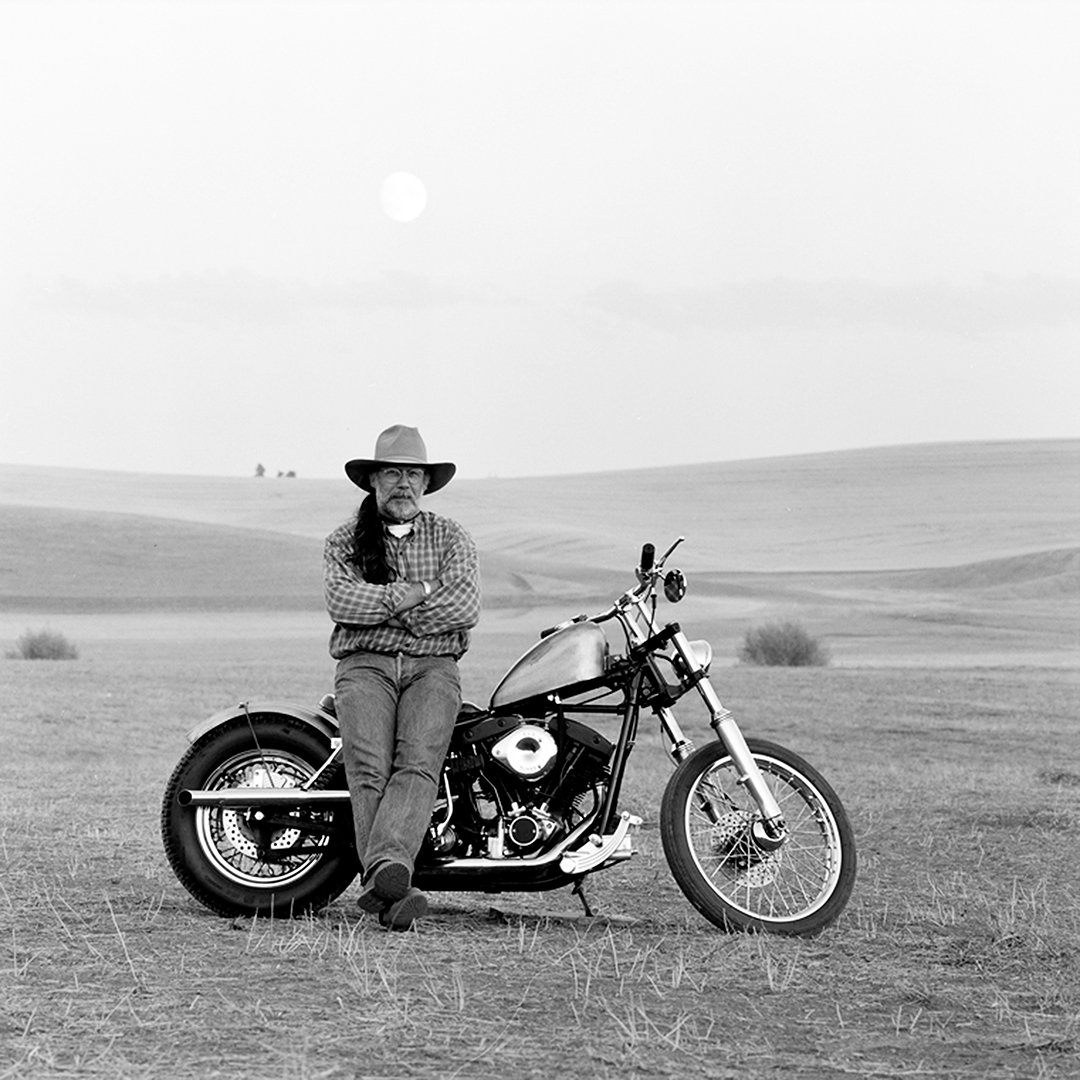The Photography of Peter Vincent
Formality, precision and precise control of tonality.
Text: Mike Blanchard
Arts-y | When you look at the work of Peter Vincent, you see hot rods and land-speed racers. But when you start digging in, you realize that his work has the same sensibility and technicality you would expect from fine-art photography.
There is a formality and precision that you don’t always see in this type of work. It is the reflection of a well-trained artist. Vincent’s work shows strong design elements and precise control of tonality. It should come as no surprise that Vincent was trained as an architect or that he spent a bunch of time on the Monterey Peninsula in the ’70s hanging around with guys like Ansel Adams and Morley Baer.
When you talk with Vincent, he is effusive and his mind is wide-ranging. He has had a fascinating career involving not just architecture and photography but also teaching, computer-chip design and building hot rods and motorcycles. And so much more.
Vincent is Zelig-like in that, almost no matter the topic, he was there at a pivotal point. He tells a great story of seeing Coltrane and Thelonious Monk play at the Jazz Workshop in North Beach. When he was a kid, he was friends with Doug Clifford, the drummer from Creedence Clearwater Revival. They used to build model cars together.
He taught photography at the Sun Valley Center at a time when the best photographers around were coming through. Jerry Uelsmann, Duane Michaels and Peter De Lory all came to teach, and Vincent was there to soak it up.
And there have always been cars. One of his favorites: a series D 356 Porsche. Despite living for many years in Moscow, Idaho, Vincent is at heart a California boy. He is still the kid who grew up in ’50s car-crazy California.
When he was young, his family moved from Chicago to Palo Alto. The change opened up the world for him. “Palo Alto was a great place to grow up,” said Vincent. “I learned four things in California: Jane Mansfield, customs, hot rods and rock ‘n’ roll. The visuals were just turned on.”
“When I was in the fifth grade, a ’49 or’’50 Merc pulled up. It was chopped, dropped, nosed, decked, it had Fiestas on it. It had some primer spots but it wasn’t a rat rod. It had a look of being created and I just loved that. A week later a candy apple red Merc pulled up and it didn’t affect me like the primered car.” The car that was in the act of creation had far more impact than the perfect, finished product.
Vincent, 74, spent 30 years photographing at Bonneville, and some of his best memories are of being out on the salt. He even raced there and holds a license to drive cars up to 200 MPH.
Looking back on his experience at Bonneville, Vincent says, “I love the culture and the subcultures. I love to go about 4 o’clock and stay until midnight out on the salt. Peter Delory and I would stay out there and then try to find Wendover in the dark. David Perry, Walter Cotton, Peter DeLory, we would always get together at Bonneville, El Mirage or Muroc.
Peter Vincent.
“It has shifted greatly. It used to be guys who built their shit and then went out there and did some stuff. To see how fast they could go. Bonneville got so bad, guys would ask me to move my shit so they could get a shot, on a shot I set up. I miss guys like Tardel and Al Teague.”
Vincent’s latest project is a book and exhibition of photographs from his time living in Lebanon. In 2015, he was at the tail end of an amicable divorce but feeling at loose ends when a friend and collector of his books suggested that he come to Beirut. It would be a change of pace to clear his mind and refocus. Vincent bought a plane ticket that afternoon and within 36 hours was standing in Lebanon.
“I said, ‘Holy shit! What have I done?’ But Lebanon opened my mind,” says Vincent. “Lebanon was a good thing for me. It’s like going to Point Lobos for me. Everything was new. It opened up a new branch of photography for me. I shot 20,000 images. I’m still sorting through images.”
He would like to print black and white again but is mourning the loss of his favorite paper, Agfa Portriga Rapid. “A friend found a freezer full but he won’t share any of it. I shot Illford HP5 at 200 with a red filter and printed on Grade 2 Portriga, he sighs. “I would love to get my hands on some more of that; it has that rich heavy silver look.”
(Editor’s note: You can check out Peter Vincent’s work at the Fresh Rust Photo Show from September 12 – October 31, Russ Room, 730 K Street, Sacramento, CA.)






